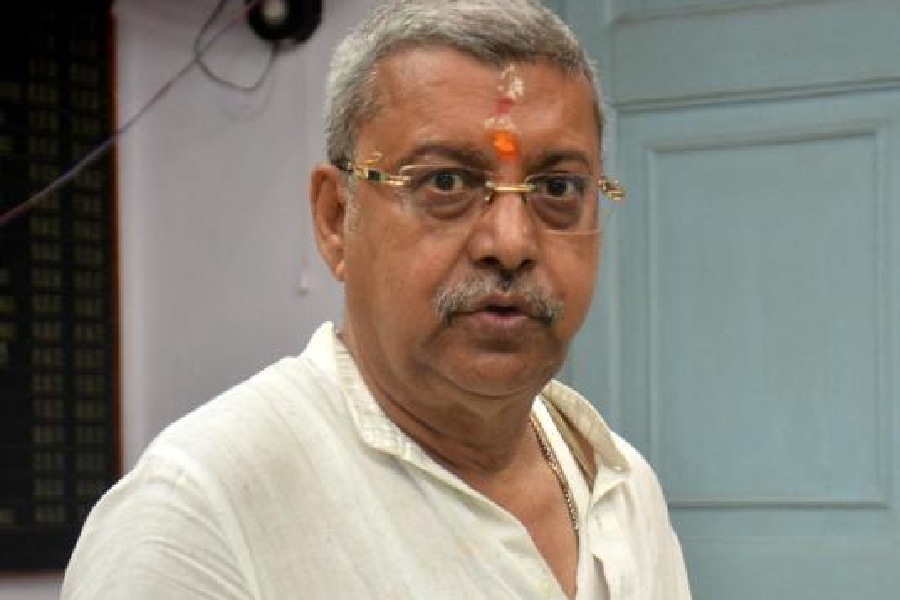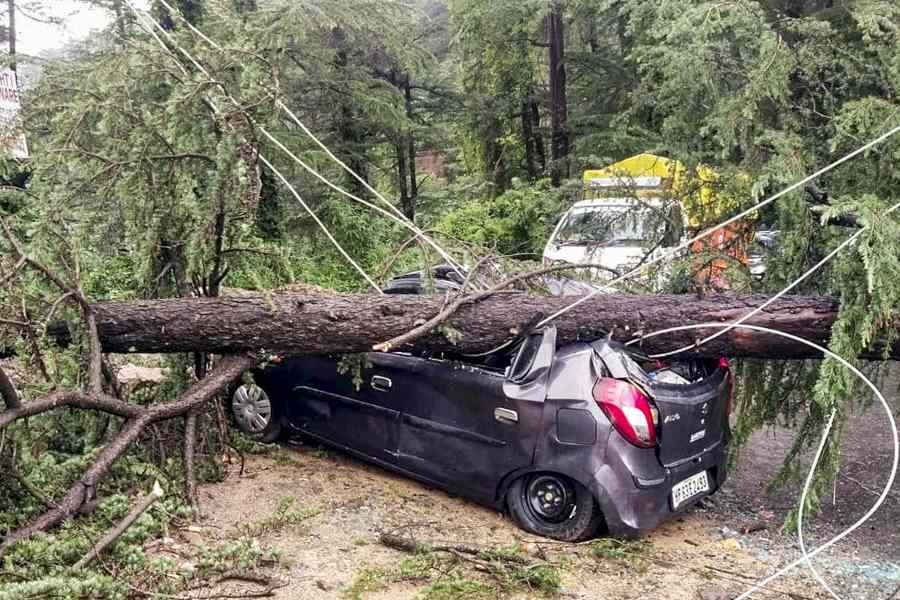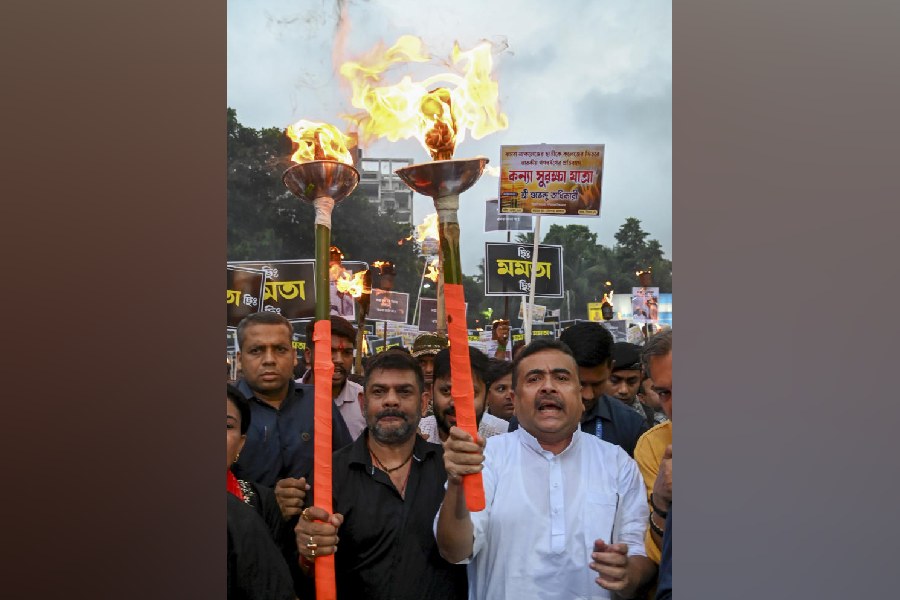Rajnandgaon (Chhattisgarh), Sept. 14: The women of Rajnandgaon, 80 km from capital Raipur, are no longer interested in a 33 per cent quota in the Assembly because they have achieved success without it.
A silent revolution is taking place here in the lives of around 100,000 rural women as they have decided to rely on Maa Bamleshwari Devi — as Goddess Durga is known here — instead of their political masters.
Women’s self-help groups that go by the name of Maa Bamleshwari Samooh have made this possible. On a working capital of Rs 3 crore, over 7,000 such groups have helped women make inroads into fields such as fish-breeding, building pond embankments, micro-financing, selling minor forest produce and setting up dairy cooperatives.
Rajnandgaon collector Dinesh Srivastava said the socio-economic movement began in January 2001, two months after Chhattisgarh was created.
Rajnandgaon was then plagued by poverty, illiteracy, lack of means of communication and moneylenders who charged 10 per cent interest a month against land, ornaments and animals that were pawned.
Micro-financing and inter-loaning have since changed the face of Rajnandgaon. “At present, more than Rs 95 lakh have been given in the form of loans to the members and the recovery rate is 100 per cent,” Srivastava said.
Samooh activists Hema and Durgavati attributed the success to the considerable preparations ahead of the launch of the programme.
Both women are “master trainers”, who were members of the organised groups trained for four months by government officials, bankers and non-government organisations in rural banking, farming, marketing and leadership.
“First, village meets were organised where we were told to save money and follow a 25-point programme. (Other) Women came slowly and the movement got impetus after 2,000 women’s groups were set up,” Hema said.
The mix of economic and social programmes helped attract more women, Durgavati said.
According to Srivastava, “awareness and sustainability were two key factors that made it (the movement) a success”.
Each Samooh that consists of 10 to 20 women is now busy improving the mobility of rural women. The groups’ latest project is to teach members cycling. More than 50,000 women now attribute their confidence and punctuality to cycling. They are also bringing out their own newspaper.
The groups have even joined hands with the public and private sectors to build tanks for Rs 1,000 each and earn a profit of Rs 200. The Emami group of companies provided the groups hand-pullers and umbrellas and officially sponsored their women’s rural Olympics held last year.
In tribal-dominated districts surrounded by forests, group members have started selling minor forest produce directly to the market and government agencies and catering to weekly markets in large villages.
The resultant economic boost the long-suffering women received has spurred them to launch a social reform movement. Their anti-liquor lobby has forced vendors to shut shop or shift out in as many as 64 tribal villages.
Rajnandgaon’s success can be gauged from its women’s lack of interest in empowerment through the Assembly. “We do not need to join politics to change our lives. We can do it here, in our own village,” Hema said.
Are Sonia Gandhi, Najma Heptulla, Sushma Swaraj, Uma Bharti, Brinda Karat, Shabana Azmi and other champions of the 33-per cent quota listening?











